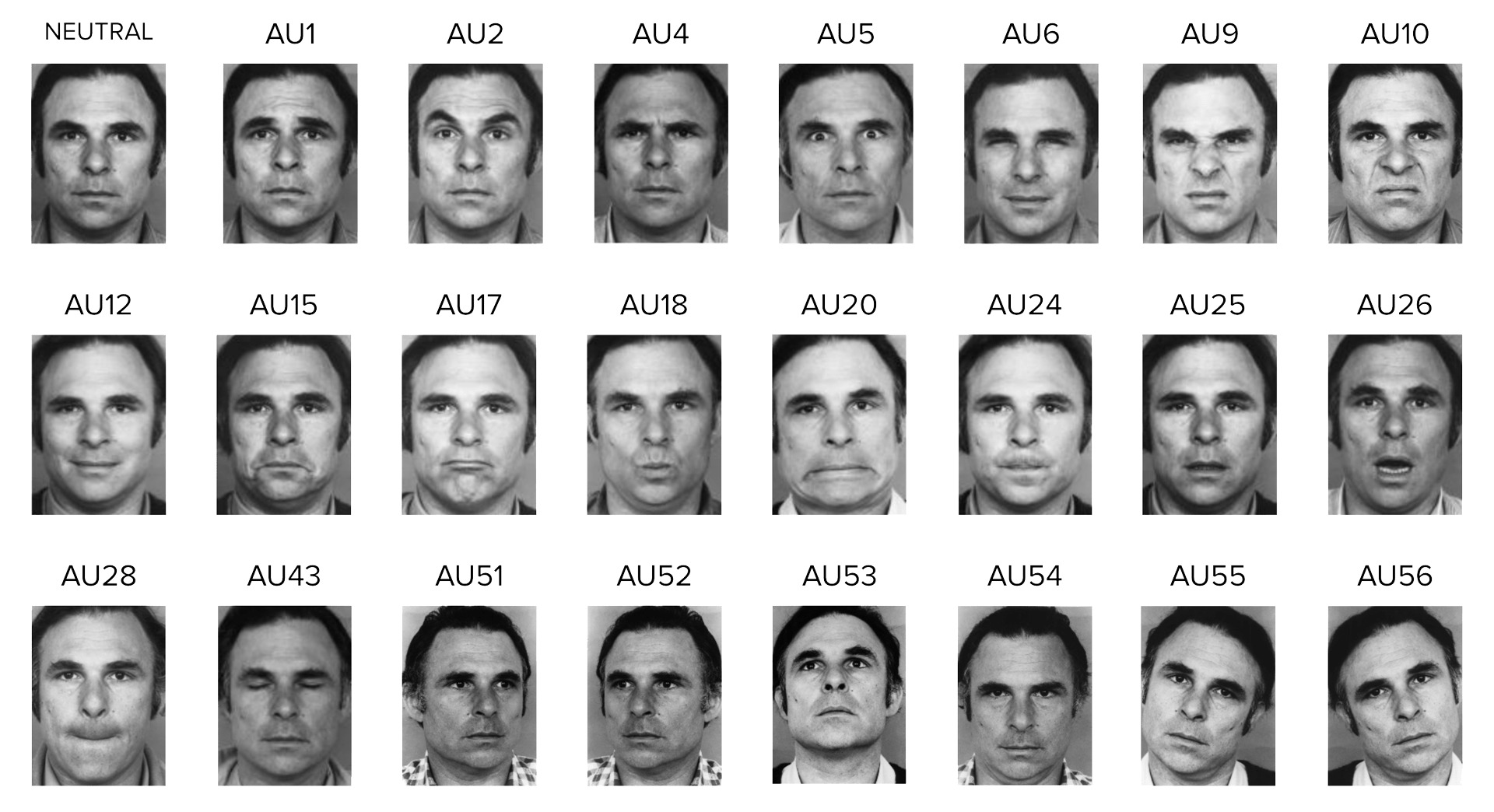The universality of facial expressions and emotions
Facial expression is considered a human universality. Consisting of basic expressions represented in all known human populations (Brown, 1990), or it is considered a natural outgrowth of cultural differences (Birdwhistell, 1975). The six basic expressions are evident in all cultures: Disgust, Fear, Joy, Surprise, Sadness, and Anger. They are universal in their execution and perception (Ekman and Keltner, 1997).
In The Expression of Emotions in Man and Animals (1872/1998), Darwin first described disgust, fear, pleasure, surprise, sadness, and anger as universals. They have been recognized in people from very different cultural and social backgrounds and in the faces of people born deaf and blind (Darwin, 1872/1998; Eibl-Eibesfeldt, 1989; Izard, 1977; Ekman and Keltner, 1997).






